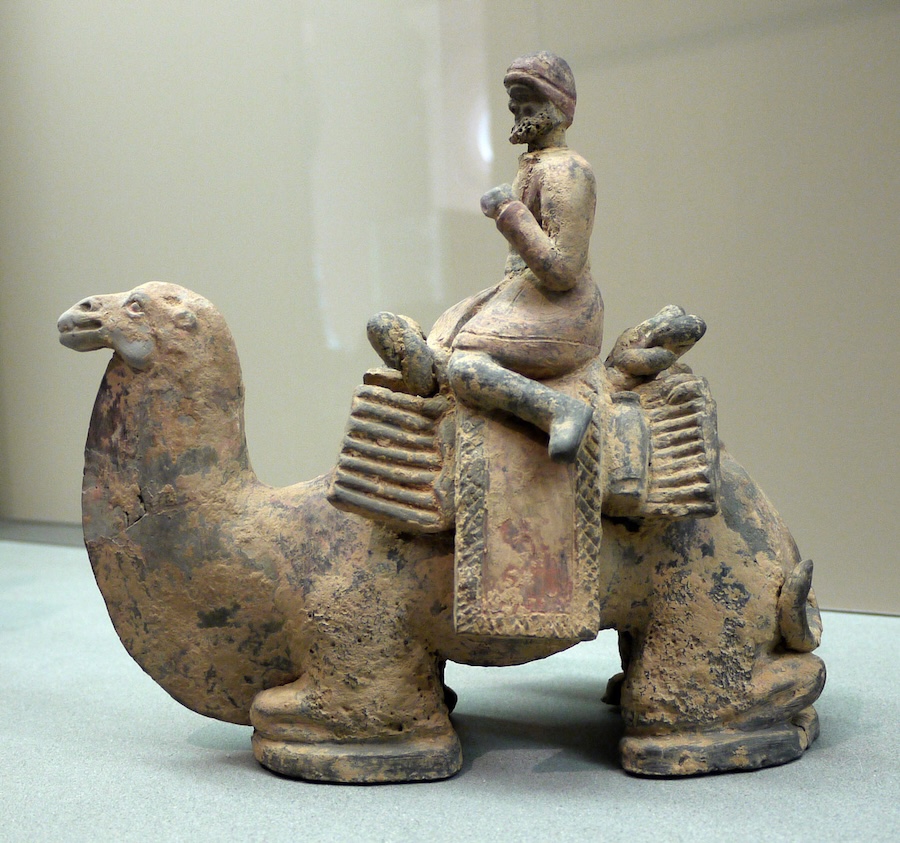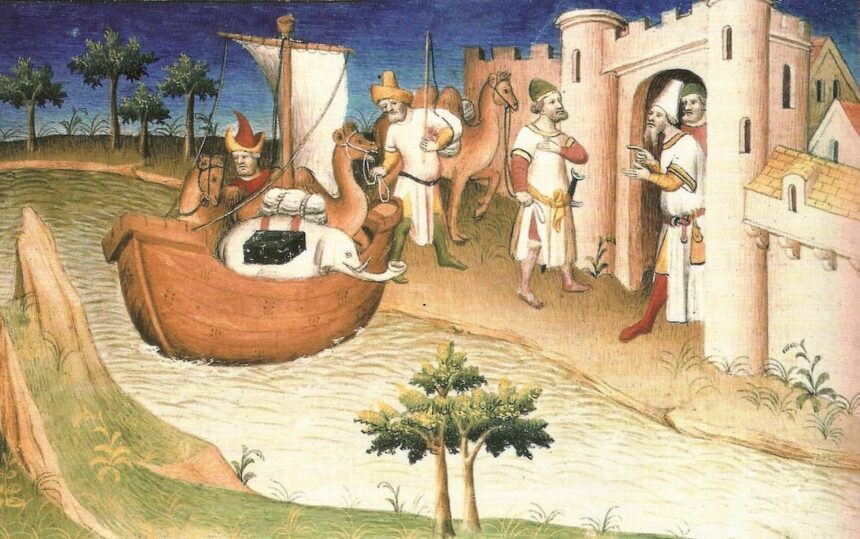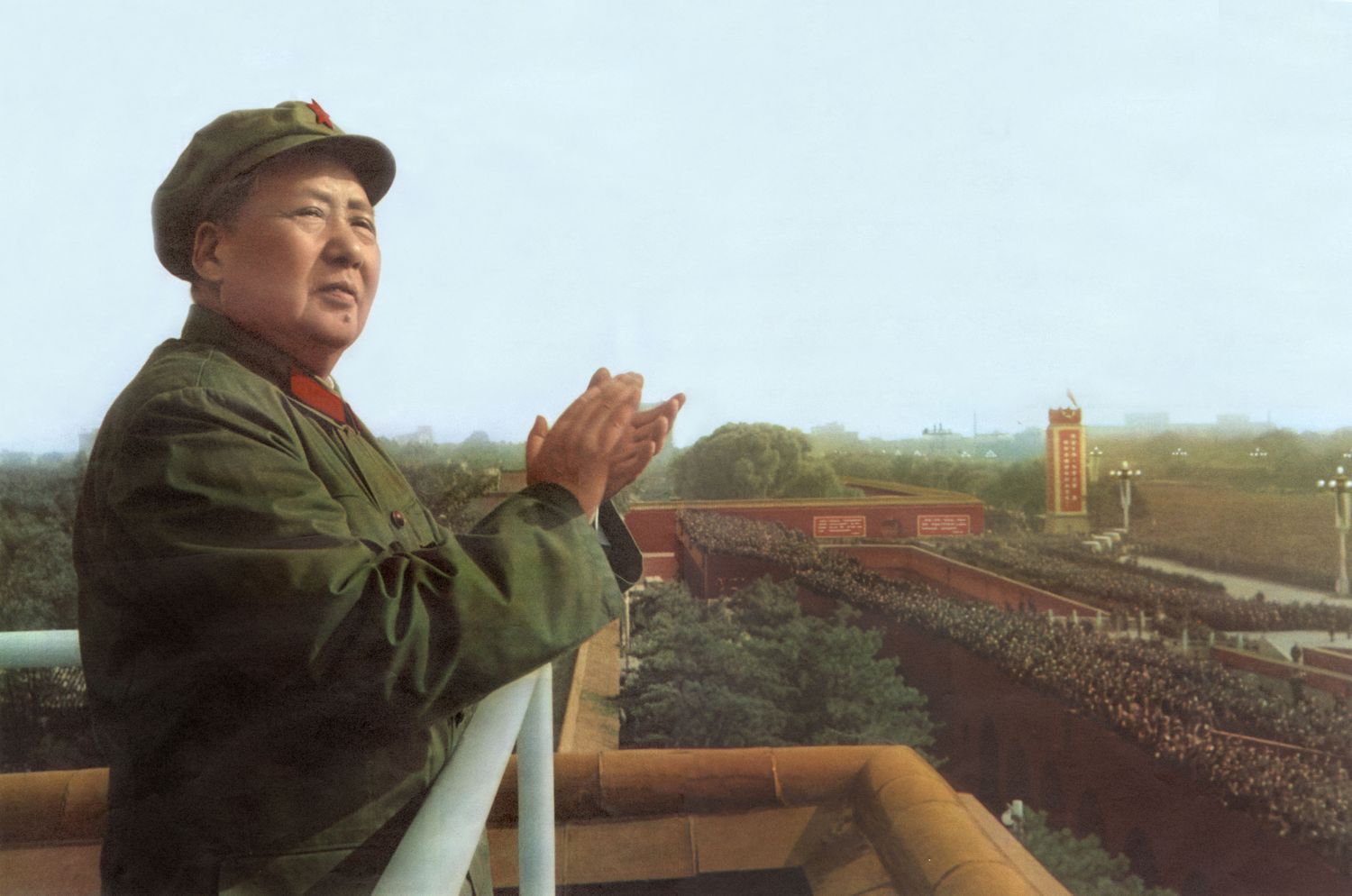The Silk Road is a conventional name for trade routes in Antiquity and the Middle Ages that connected China with Western Asia, the Black Sea region, and the Mediterranean. The name is conventional because the most famous product was silk. Moreover, it was not a single road but three different routes:
Sea navigation in ancient times was coastal, meaning they sailed along the coast. The duration of these routes is known to us from the peripli — navigation guides that describe in detail the coastlines, distances between settlements, their sequence, the character and customs of the local population, and how they treated foreigners. The description of the waters from the modern Red Sea to the eastern regions of India is found in the Periplus of the Erythraean Sea. This route was fraught with many difficulties and risks, the main ones being storms and pirate attacks.
In ancient times, no attempt to sail continuously around Arabia succeeded, so goods traveling from China to Europe were transferred to other ships at intermediate points. It could take several years for Chinese goods to reach European markets.

An alternative was overland routes. One way for Chinese imports to reach Europe was through caravan trade across the steppes. Valuable goods (such as silk, jewelry, and lacquerware) were typically accompanied by more ordinary and practical items (such as dishes and agricultural products). Additionally, the caravan did not travel directly from the point of departure to the final destination; instead, it stopped at several caravanserais where some goods were sold or exchanged.
Camels were the primary draft animals. The ancient historian Strabo wrote that they were used for transporting commercial goods, a fact confirmed by archaeological findings. Camel bones have been found in layers dating back to the 1st century CE in Greek cities of the northern Black Sea region, including Olbia, Panticapaeum, Phanagoria, and Tanais. A loaded camel could cover up to 100 kilometers per day. With the total distance of the route from Southeast Asia to Crimea being about 12,000 kilometers, such a journey could take around six months.
The existence of trade routes between China and Europe in ancient times has been confirmed by archaeological discoveries of Chinese mirrors, silk, and lacquerware found in the northern Black Sea region. In the late 1990s, remains of Chinese lacquered boxes were discovered in tombs from the end of the 1st century CE at the necropolis of the late Scythian Ust-Almin settlement in southwestern Crimea.
Together with gold jewelry, Roman bronze utensils, and other luxury items, they were placed in the graves of local elite women, serving primarily as markers of the high status of the deceased.






